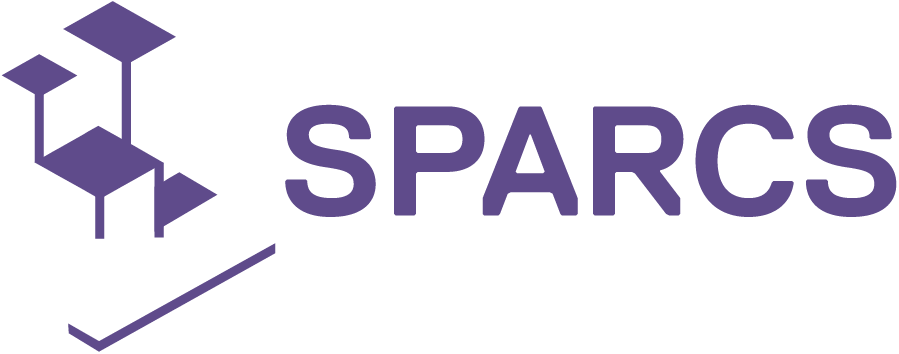Urban mobility hubs – Case Espoo
The ways we move in and between cities are transforming rapidly in the wake of increasing calls for a green transition and sustainable urban mobility. Multiple trends, that are currently re-arranging the principles and behavior of urban mobility can be identified: the global urbanization of the human population and the subsequent densification of cities; the shift from ownership of vehicles towards shared and subscription-based service models in transport, facilitated by digital solutions; the broad-scale electrification of vehicles including the introduction of new (shared) light electric vehicles; and the major impacts of sudden global events, such as the Covid-19 pandemic and its effects to human mobility patterns in and between cities. What does these transformative processes mean for mobility hubs, the major nodes of urban flows? How will the role of mobility hubs evolve as cities are built more densely around such nodes, vehicles are both shared and electrified, and global pandemics reshuffle our mobility habits?
This paper examines briefly some key notions related to the transformation of mobility hubs by examining research literature and case project examples on the topic. These insights are reflected with the objectives of the SPARCS project that aims to pave the ground for sustainable urban mobility transformation and the increased uptake of electric mobility in urban areas and hubs.
This paper is part of SPARCS Action E13-1 (Multi-modal transport solutions with focus on last-mile) under the ‘Task 3.4 E-mobility integration’ in Work Package 3. In addition, the paper also supports Actions E2-3 and E7-1 as the three Actions all aim towards the development of e-mobility hubs in the SPARCS Espoo demonstration sites (Espoonlahti, Leppävaara and Kera, respectively). This paper provides context and conceptual background for mobility hub development in the project.

